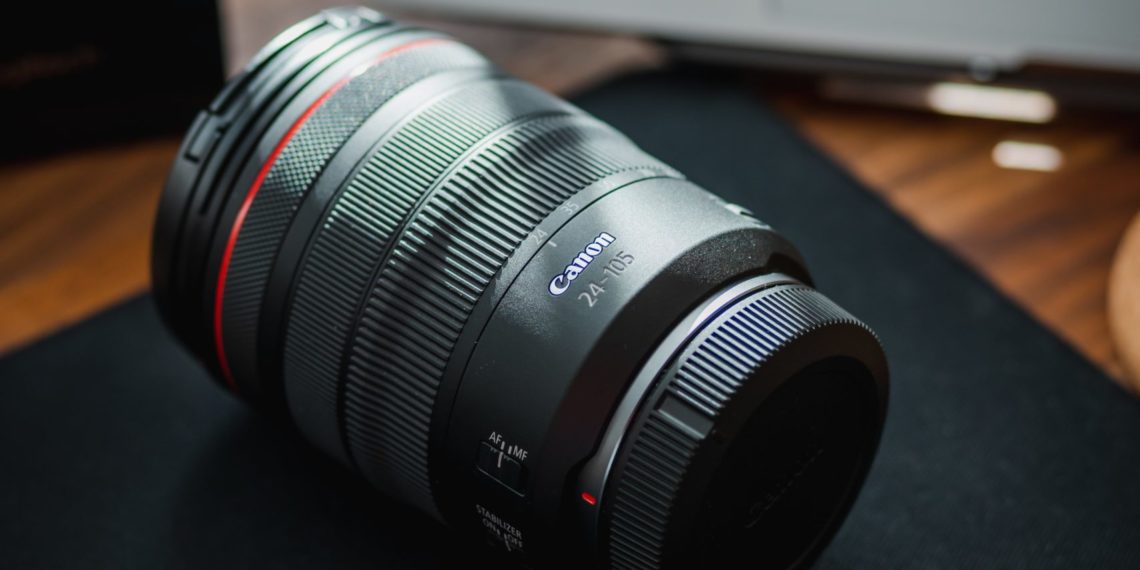I had mentioned it once or twice before, but the golden hoursThese privileged moments around sunrise and sunset are particularly conducive to photography, both landscape and portrait. But you would be wrong to put your camera away as soon as the sun sets… Because that’s too often what we see: the last ray of sunshine, and everyone puts away their camera, as if the night was instantaneous, like flipping a switch. As the other one would say: FALSE!
If, like me, you like these clichéd moments, which nevertheless evoke a certain calm and serenity, you have no doubt noticed that the most beautiful lights are sometimes… after the sunset. And it turns out that there are different phases that follow one another, with different particular lights. The names of these phases look familiar on the Anglo-Saxon web, but not in France. Too bad, because putting names on things often clears up ideas. So here is how a sunset is cut, but you can do the same thing with a sunrise, in the other direction of course.
The sunset
For about 30 to 60 minutes before the sun touches the horizon, it is the classic, soft light of the golden hours. The light is very beautiful, soft and distributed by the atmosphere, and warm colours colour the whole decor, and also the faces. An ideal situation for just about any kind of photo, in fact. The light we all dream about. But hey, you know that, I won’t spend too much time on it.
Civil twilight
This is the brightest moment of twilight, which extends from the precise moment of sunset (when it touches the horizon) until it is 6 degrees below.
The angle isn’t very important, but basically it lasts about… 30 minutes on averageThe duration of this period obviously varies according to the season and the location of the globe.
You can see the brightest stars and Venus in the countryside (without light pollution), but there is still plenty of light to see the horizon and take pictures by hand. The colours change from day to day, and can range from orange to pink, purple, etc. They become colder and colder as the sun decreases behind the horizon.
The characteristic of this moment is that it’s really changing so fast.. You can go from orange to pink in just a few minutes, and the evolution is often visible to the naked eye. If you like colours, it is best to capture the image you want sooner rather than later. That’s why it’s a good idea to prepare your frame and settings beforehand.
Nautical twilight
This is the phase that comes right after, and is sometimes also called the “after” phase. «blue hour». The Sun is at that moment between 6 and 12 degrees behind the horizon. Again, it lasts about 30 minutes.
It’s a rather special moment, which I like very much: the sky is almost entirely of a intense royal blue and very beautiful, while on the horizon remains a thin degraded of colours that usually go from pink to orange as you get closer to the horizon.
At that moment, the light is running out (delicate but not impossible to shoot freehand), and the contours of the objects to be less sharp.
It’s a good time to make silhouettes against the blue sky and the still warm horizon, and above all to try to integrate artificial light. I think it’s by far the best time for the night architecture photo. The buildings are illuminated but the sky is not uniformly black, which actually adds a lot of aesthetics to your images.
Astronomical twilight
Still afterwards, and just before going into full night, this phase occurs when the sun is between 12 and 18° behind the horizon. It therefore lasts about as long as the others, i.e. 30 minutes.
The sky is then uniformly blue, but darker, and it is impossible to shoot freehand: use a tripod. The advantage is that most of the buildings are lit, and you can then take advantage of this to make urban landscapes or architecture while having a not quite black sky. It’s not the easiest time, but it can give interesting pictures.
There, I hope that this will encourage you not to put your device away immediately as soon as the sun goes down, and on the contrary of enjoy the full twilight (or dawn). It would be a shame to waste all this photographic potential, wouldn’t it? 🙂
And don’t forget to share the article! 🙂




Discussion about this post